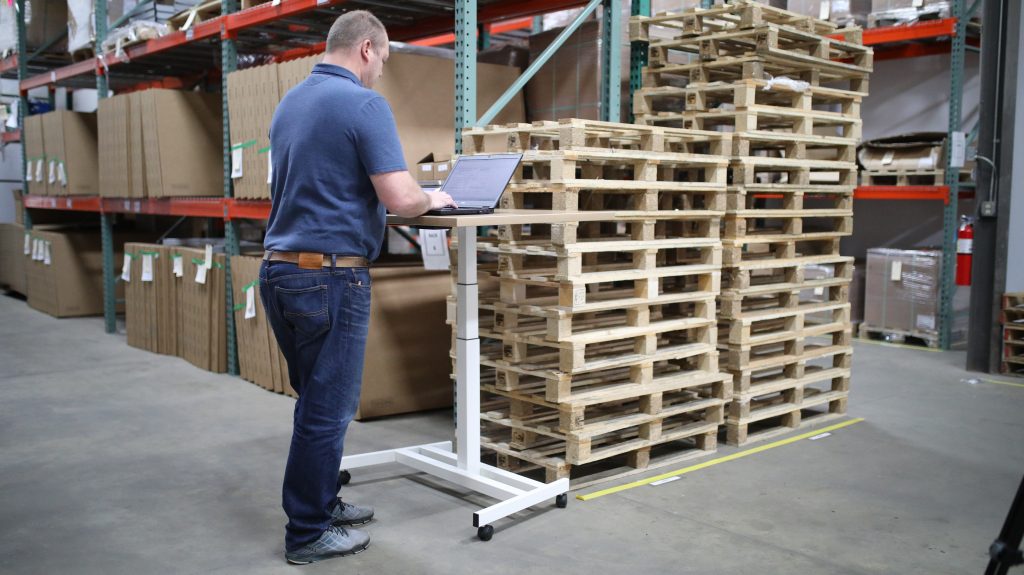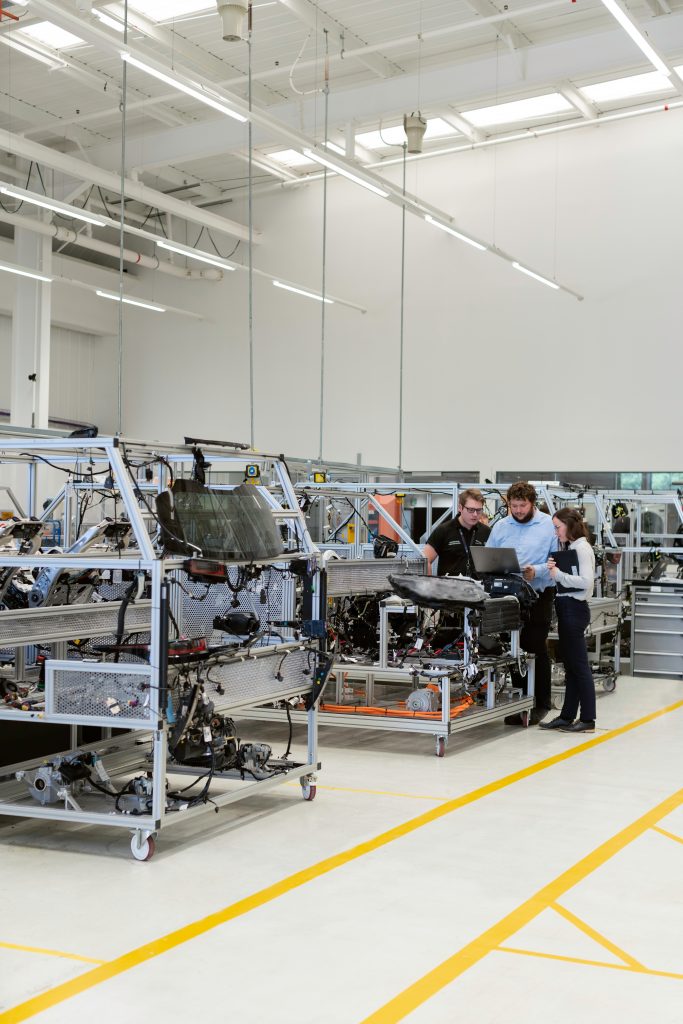
Published August 09, 2022, By Andrew Gissal

We are witnessing a highly juxtaposed labor market these days, where despite high unemployment rates, we are still seeing severe labor shortages with continuous demand from employers as they face retention challenges. The trickle-down effect of this unique phenomenon in today’s world means your business does not have to be directly experiencing one of these challenges to still feel the impact it has on everyday operation preparedness.
Anyone working in manufacturing knows how valuable scheduling is to operations. Production lines depend on the alignment of many factors running successfully together – what parts need to be produced by when, influx of customer orders, and constant shifts/delays. Add all of these factors to the labor shortages that may be present across your vendors and others down the line of your supply chain and effective scheduling becomes all that more crucial.
It’s likely you already have some format and process in place for scheduling, a level of status quo that everyone on the team follows in order to keep things standardized and moving in an orderly fashion. But what if your scheduling could do more? And what if it could do more without a greater operational lift from your team? We’re here to talk about what automation can do for your production scheduling and morning meetings, so you can truly level up and dig down into what matters.
As you look to automate your production scheduling, there are a few key elements that should always be kept top of mind. Here at Bearex, we call it the ABCs of effective scheduling.

Agility
To be agile is to be aware. When it comes to scheduling, every aspect of the business has to find a unique balance between how many resources you have available, where the current demand lies, and the active resources/hands you have on deck to get the job done on time. Agility requires forward thinking, anticipating what you cannot yet see but may have to expect. Doing that manually poses a lot of challenges and often creates room for human error.
That’s where predictive modeling and automation can work together. With your attention on a single at-a-glance dashboard, your daily analysis does not have to jump from report to report, only to make informed decisions that are in fact missing the whole story. Routing, dispatching, and execution will become that much more seamless when the data behind each area is correlating with one another, while still ensuring each area is getting undivided attention on the dashboard – this way you can drill into problem areas, look for more economical options, and deliver as expected without managing multiple costly systems.
If there’s anything we’ve learned in the last few years it’s that every month, and even week, can look different from the last. Using a dashboard for your morning meetings and production scheduling takes the exact same KPIs of your existing reporting and turns them into a business intelligence guide that helps you learn from the past, assess the present, and plan for the future.

Break it Down for the Big Picture
One of the biggest flaws in how businesses still manage reporting – whether it be manually, siloed, or through disparate spreadsheets and data systems – is that it neither catches all the details nor focuses on the big picture.
Effective reporting should do both – highlight the key performance indicators of each department and functionality while also providing a holistic view of business performance and projections. You cannot have one without the other; the metrics are your day-to-day, teaching you about the problem areas and where you can maximize your resources to lessen friction down the production line. The dashboard and big picture scope provide you with an overall health assessment so you can ask yourself and your team – Is this a week of adjustment? Where are we projecting to miss our goals by the end of month? Can we better streamline – in our machine capacity, staffing capacity, or overall facility management?
Let’s break it down for you – The ability to look at various metrics simultaneously and comparatively – customer orders by day vs inventory vs WIP (work in progress) vs labor vs OEE (efficiency) – gives a look into how to effectively schedule your entire shop, without missing the mark on monthly production goals or budget. Usually this is done by pulling 6-8 different reports and analyzing daily, which can lead to overlooked data points or hyper-fixating on one variable that may not fix the issue with long-term success. With a Bearex Morning Meeting Dashboard, all of that disconnected data is pulled into one convenient place, in one visual format. From there scheduling is then automated so you can have a daily look into the exceptions that are causing inefficiencies across the entire business.
Customers and Communication
This sounds obvious, but your customers are your bread and butter; and while changes in needs and resource demands can cause stress on the production line, customers should remain the core of your schedule and morning meeting breakdown, and how you can meet those needs while operating in a cost-effective way. It can be easy to quickly derail and become distracted by the many outlying variables that pull your attention away, but an automated dashboard is put in place for that reason – to catch all the inefficiencies and alert you when attention is necessary.
The more equipped you are to have a clear understanding of the entire production workflow, the better you can communicate with your team each morning and make definitive decisions on what needs to be taken care of as top priority. A real-time dynamic dashboard helps you locate the bottlenecks before they become long-term issues so you can better serve your customers and remain flexible in each phase – from your supply chain to processing timescales and end product delivery.
Your next morning meeting does not have to follow the standard, “we always do it this way” flow. Automation can provide immense benefits to not only the data you have at hand and the systems you have in place. It can create a new level of functionality and common language between everyone at the office, where discussions can be made across all functions and all can feel involved in the operational success of the business. There is often a stigma we associate with morning meetings – errors in reporting, one area is always taking priority in focus, or status quo assessments with no significant change. With a Morning Meeting Dashboard (like our example here at Bearex), you quickly see how every facet plays a pivotal role in understanding how you can get the most out of your production scheduling.
So here’s to having a clear view on your business, with data informed objectives so you too can start every morning making the right decisions.
To learn more about the Bearex Morning Meeting Dashboard or other solutions we offer, get in touch with us today. We look forward to hearing from you.

Andrew Gissal